Home>Garden Essentials>How To Use A Grass Mat
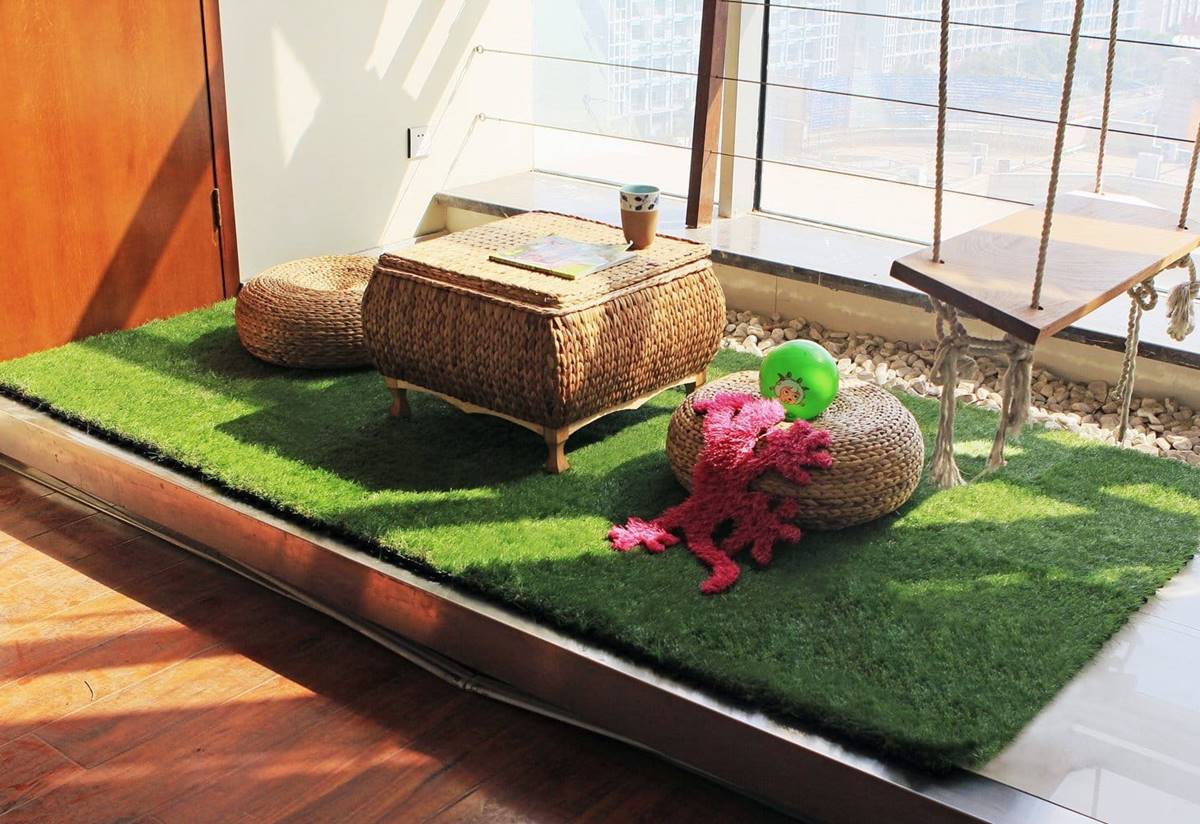

Garden Essentials
How To Use A Grass Mat
Modified: March 7, 2024
Learn how to effectively use a grass mat in your garden. Discover tips and techniques for creating a beautiful and sustainable outdoor space.
(Many of the links in this article redirect to a specific reviewed product. Your purchase of these products through affiliate links helps to generate commission for Storables.com, at no extra cost. Learn more)
Introduction
When it comes to enhancing the beauty and functionality of your outdoor space, a grass mat can be a game-changer. Whether you have a small balcony, a sprawling backyard, or a rooftop garden, using a grass mat can instantly transform the area into a lush and inviting oasis.
A grass mat is a convenient and versatile solution for those who want to enjoy a natural green surface without the hassle of planting grass seeds or maintaining a full-fledged lawn. It provides the visual appeal of real grass while offering easy installation and minimal upkeep.
In this article, we will explore the benefits of using a grass mat, the materials needed for installation, and provide you with a step-by-step guide on how to use a grass mat effectively. Our goal is to equip you with the knowledge and confidence to create a beautiful and durable grassy surface that you can enjoy all year round.
So, let’s dive in and discover how you can enhance your outdoor space with the use of a grass mat!
Key Takeaways:
- Transform your outdoor space with a grass mat for easy, year-round greenery. Enjoy minimal maintenance, water conservation, and versatile installation for a hassle-free oasis.
- Install and maintain a grass mat effortlessly with simple steps and basic tools. Keep it clean, upright, and free from damage for long-lasting beauty.
Read more: How To Use Kusha Grass Mat
Benefits of Using a Grass Mat
Using a grass mat in your outdoor space comes with a multitude of benefits. Let’s take a closer look at why incorporating a grass mat into your garden or landscape is a fantastic idea:
- Ease of Installation: One of the major advantages of using a grass mat is its easy installation process. Unlike traditional grass, which requires seeding, watering, and waiting for it to grow, a grass mat can be laid down quickly and effortlessly. Simply roll out the mat, secure it in place, and you’re ready to enjoy a vibrant green surface.
- No Maintenance Required: Keeping a natural grass lawn in pristine condition demands regular mowing, weeding, fertilizing, and watering. With a grass mat, you can bid farewell to these time-consuming and labor-intensive tasks. Once installed, a grass mat requires minimal maintenance, saving you both time and effort.
- Year-Round Appeal: A grass mat provides a lush green aesthetic that stays vibrant and attractive throughout the year, regardless of the weather. Unlike natural grass that can turn brown and patchy during droughts or harsh winters, a grass mat retains its beauty and ensures your outdoor space always looks inviting.
- Durability: Grass mats are designed to withstand heavy foot traffic and resist wear and tear. They are made from high-quality materials that can endure various weather conditions, making them a durable option for high-traffic areas or places where natural grass struggles to thrive.
- Water Conservation: One of the most significant benefits of using a grass mat is its water-saving capability. Unlike a traditional lawn that requires regular watering, a grass mat can significantly reduce your water consumption. This eco-friendly solution not only helps conserve water but also lowers your utility bills.
- Versatility: Grass mats offer immense versatility in terms of placement. Whether you want to cover an entire lawn, create a small patch of greenery, or adorn a balcony or terrace, grass mats can be tailored to fit any space. They can be easily cut into different shapes and sizes, allowing you to customize the look of your outdoor area.
By incorporating a grass mat into your outdoor space, you can enjoy the benefits of a lush green surface without the hassle and maintenance associated with natural grass. Now that we’ve explored the advantages let’s move on to the materials needed to install a grass mat.
Materials Needed
Before you begin installing a grass mat, it’s important to gather all the necessary materials. Here’s a list of items you will need:
- Grass Mat: Purchase a high-quality grass mat that suits your specific requirements and the size of your outdoor space. Ensure that the grass mat is made from durable materials and has a realistic appearance.
- Measuring Tape: Use a measuring tape to accurately determine the dimensions of the area where you will be installing the grass mat. This will help you determine the amount of grass mat needed.
- Utility Knife: A utility knife will come in handy for cutting the grass mat to the desired shape and size. Make sure it has a sharp blade for clean and precise cuts.
- Ground Preparation Tools: Depending on the condition of the ground, you may need tools such as a shovel or rake to level the surface and remove any debris, rocks, or weeds.
- Adhesive or Double-Sided Tape: To secure the grass mat in place, you will need adhesive or double-sided tape specifically designed for outdoor use. Ensure the adhesive is suitable for the type of grass mat you have chosen.
- Stakes or Pegs: If you are installing the grass mat on a slope or in an area prone to movement, stakes or pegs may be necessary to anchor the mat and prevent it from shifting.
- Optional: Weed Barrier Fabric: If you want to minimize weed growth under the grass mat, consider using a weed barrier fabric. This will help prevent unwanted vegetation from penetrating the mat.
Once you have gathered all the required materials, you’re ready to move on to the next step: installing the grass mat. Follow our step-by-step guide for a seamless and successful installation!
When using a grass mat, make sure to properly prepare the area by removing any debris and leveling the ground. Lay the mat down and secure it with stakes to prevent it from shifting. Water the mat regularly to promote grass growth.
Step-by-Step Guide to Using a Grass Mat
Now that you have all the necessary materials, let’s walk through the step-by-step process of installing a grass mat in your outdoor space:
- Prepare the Ground: Start by preparing the ground where you will be installing the grass mat. Remove any existing vegetation, rocks, or debris from the area. Level the ground using a shovel or rake to ensure a smooth surface for the grass mat.
- Measure and Cut: Unroll the grass mat onto the prepared area. Use a measuring tape to determine the dimensions you need and mark the mat accordingly. With a sharp utility knife, carefully cut the grass mat to fit the designated area.
- Apply Adhesive: If required, apply adhesive or double-sided tape along the edges and seams of the grass mat. Follow the manufacturer’s instructions for the specific adhesive you are using. This step will help secure the mat in place and prevent it from shifting.
- Install the Grass Mat: Beginning at one corner of the designated area, lay down the grass mat, gently unrolling it as you move along. Make sure the edges fit snugly against each other without any gaps. Smooth out any wrinkles or creases as you go.
- Secure the Grass Mat: If necessary, insert stakes or pegs at regular intervals along the edges of the grass mat to anchor it securely in place. This step is especially important if you are installing the grass mat on a slope or in an area prone to movement.
- Trim Excess Mat: Once the grass mat is installed and secured, use a utility knife to trim any excess material along the edges for a clean and polished look.
- Optional: Install Weed Barrier Fabric: If you want to further prevent weed growth, you can install a weed barrier fabric underneath the grass mat. Lay the fabric over the prepared ground before placing the mat, ensuring it covers the entire area.
- Clean and Finish: Once the grass mat is installed, remove any debris or loose grass blades from the surface. Use a broom or leaf blower to clean the area and give your newly installed grass mat a finished appearance.
Congratulations! You have successfully installed a grass mat in your outdoor space. Now, let’s move on to some helpful tips for maintaining the longevity and appearance of your grass mat.
Tips for Maintaining a Grass Mat
While a grass mat requires minimal maintenance compared to natural grass, there are still a few steps you can take to ensure its longevity and keep it looking its best. Here are some tips for maintaining your grass mat:
- Regular Cleaning: Sweep or use a leaf blower to remove any debris, fallen leaves, or dirt that may accumulate on the surface of the grass mat. This will help maintain its appearance and prevent any potential issues.
- Occasional Raking: To keep the grass blades looking upright and natural, gently rake the surface of the grass mat with a soft-bristle broom or rake. This will help prevent matting and keep the grass standing tall.
- Watering: Unlike natural grass, a grass mat does not require regular watering. However, occasional spraying with water can help refresh the appearance and remove any dust or dirt that may have settled on the grass blades.
- Preventive Weed Control: While a weed barrier fabric underneath the grass mat can help minimize weed growth, it’s important to periodically inspect and remove any weeds that may manage to grow through. Pull out any weeds by hand to prevent them from spreading.
- Periodic Brushing: If you notice any areas of the grass mat that appear flattened or compacted due to heavy foot traffic, use a soft brush or broom to fluff up the grass and restore its natural appearance. Brushing the mat in different directions can help create a more realistic and textured look.
- Avoid Harsh Chemicals: When cleaning the grass mat, avoid using harsh chemicals or detergents that may damage the grass fibers. Stick to gentle soap or mild cleaning solutions, if necessary, and rinse thoroughly to avoid any residue.
- Protect from Sharp Objects: Avoid placing sharp objects directly on the grass mat, as they can cause tears or damage to the material. Be mindful when moving furniture or other items on the grass mat to prevent potential harm.
- Inspect and Repair: Regularly inspect your grass mat for any signs of damage, such as tears, loose fibers, or areas that need repair. If necessary, contact the manufacturer or supplier for guidance on how to fix or replace damaged sections.
By following these simple maintenance tips, you can ensure that your grass mat retains its beauty and durability for a long time. Now that you are equipped with the knowledge for maintaining your grass mat, let’s wrap up this article.
Read more: How To Use Woodland Scenics Grass Mat
Conclusion
Using a grass mat in your outdoor space offers a myriad of benefits, from easy installation to minimal maintenance. It provides a lush and vibrant green surface that stays appealing year-round, regardless of the weather conditions. By following a few simple steps and investing in the right materials, you can enjoy the beauty of a grassy area without the hassle of traditional lawn care.
In this article, we explored the benefits of using a grass mat, including its ease of installation, low maintenance requirements, and durability. We also discussed the materials needed to install a grass mat, such as measuring tape, utility knife, adhesive, and stakes. Additionally, we provided a step-by-step guide to help you install the grass mat correctly and shared essential maintenance tips to ensure its longevity.
With a grass mat, you can transform any outdoor space into an inviting oasis, whether it’s a small balcony, a sprawling backyard, or a rooftop garden. The versatility and aesthetic appeal of grass mats make them a popular choice for those seeking a hassle-free, green solution.
So, go ahead, take the leap, and enhance your outdoor space with a beautiful and low-maintenance grass mat. Enjoy the benefits of a lush green surface without the laborious upkeep!
Frequently Asked Questions about How To Use A Grass Mat
Was this page helpful?
At Storables.com, we guarantee accurate and reliable information. Our content, validated by Expert Board Contributors, is crafted following stringent Editorial Policies. We're committed to providing you with well-researched, expert-backed insights for all your informational needs.
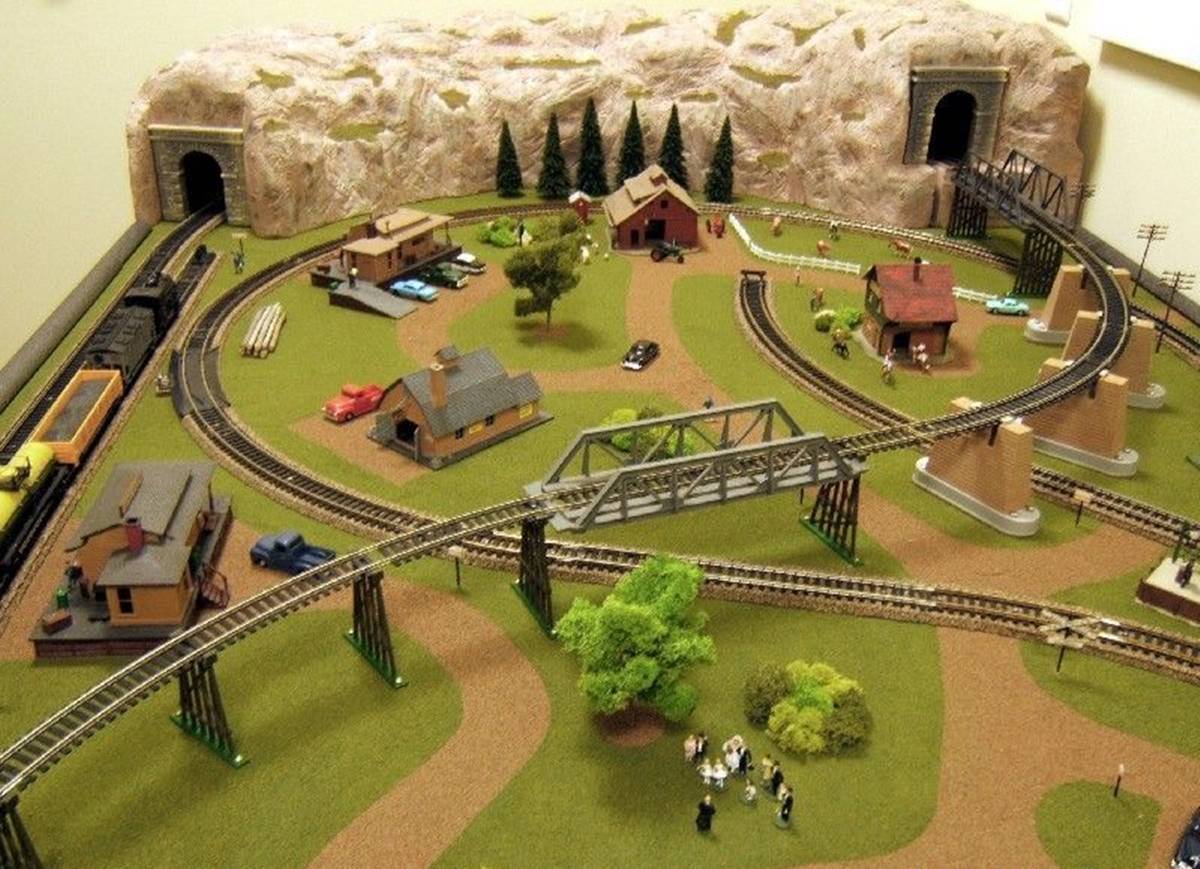
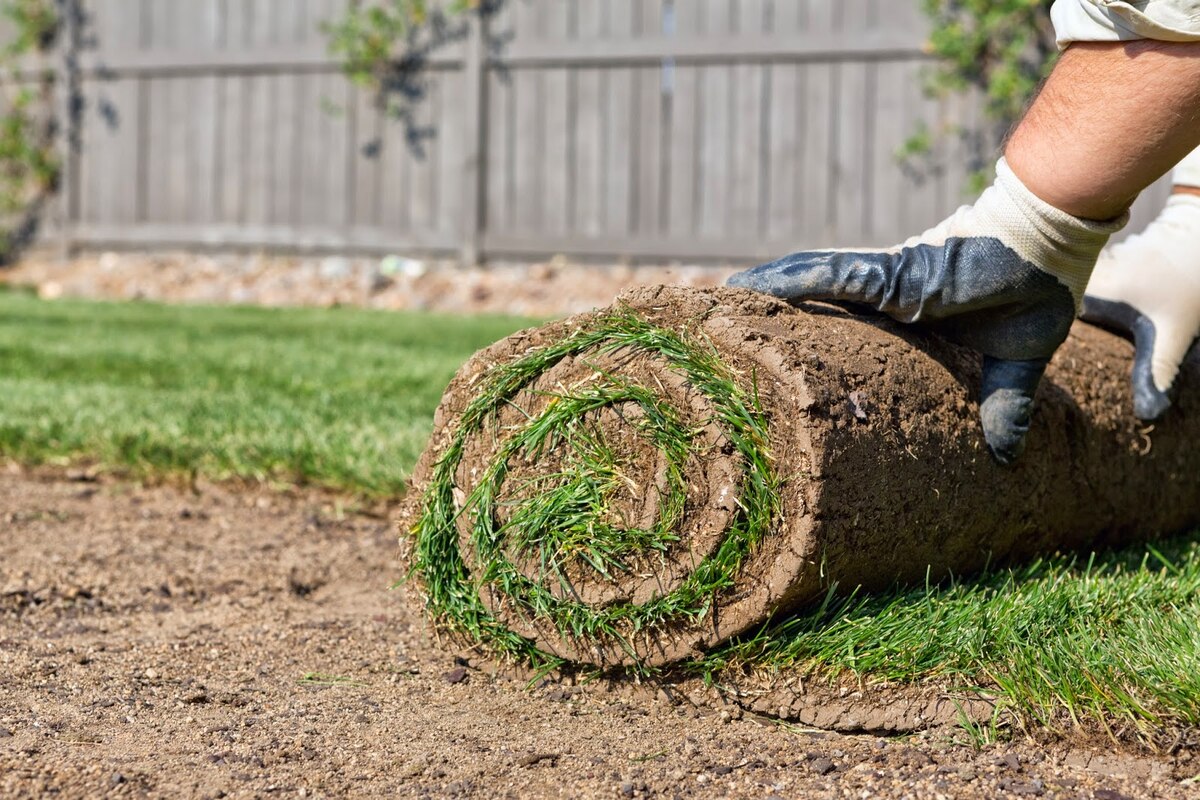
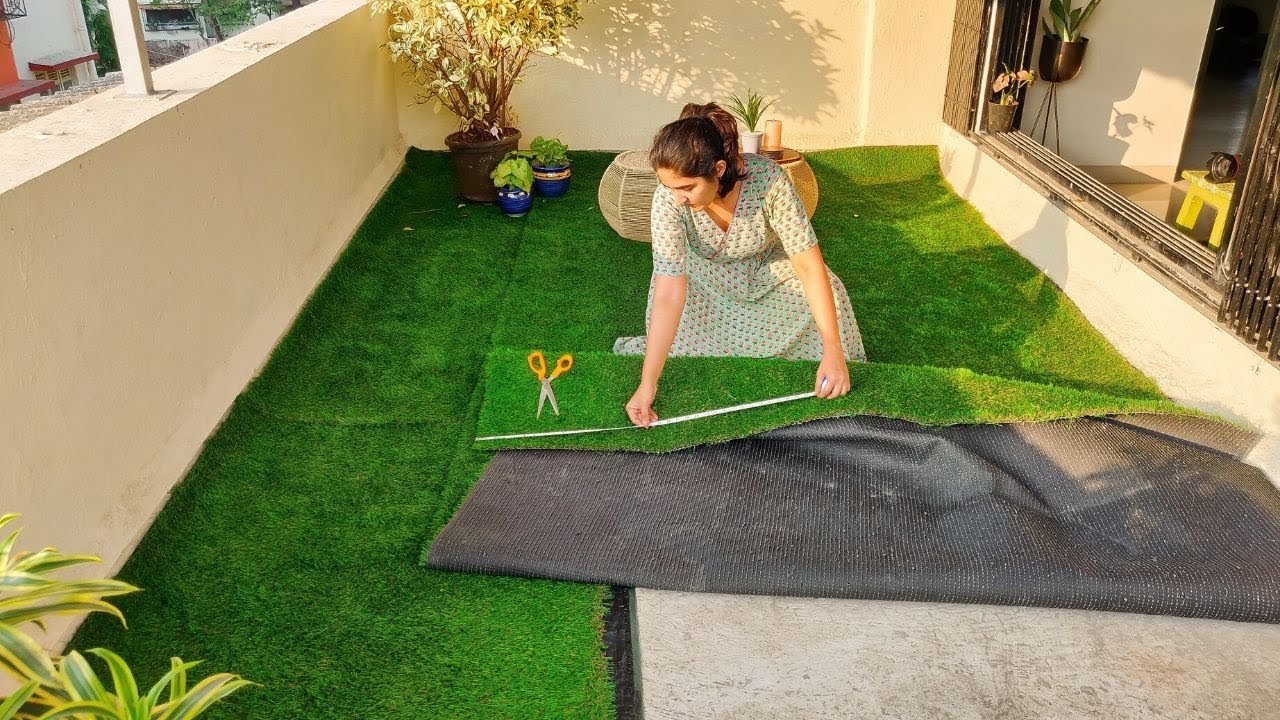
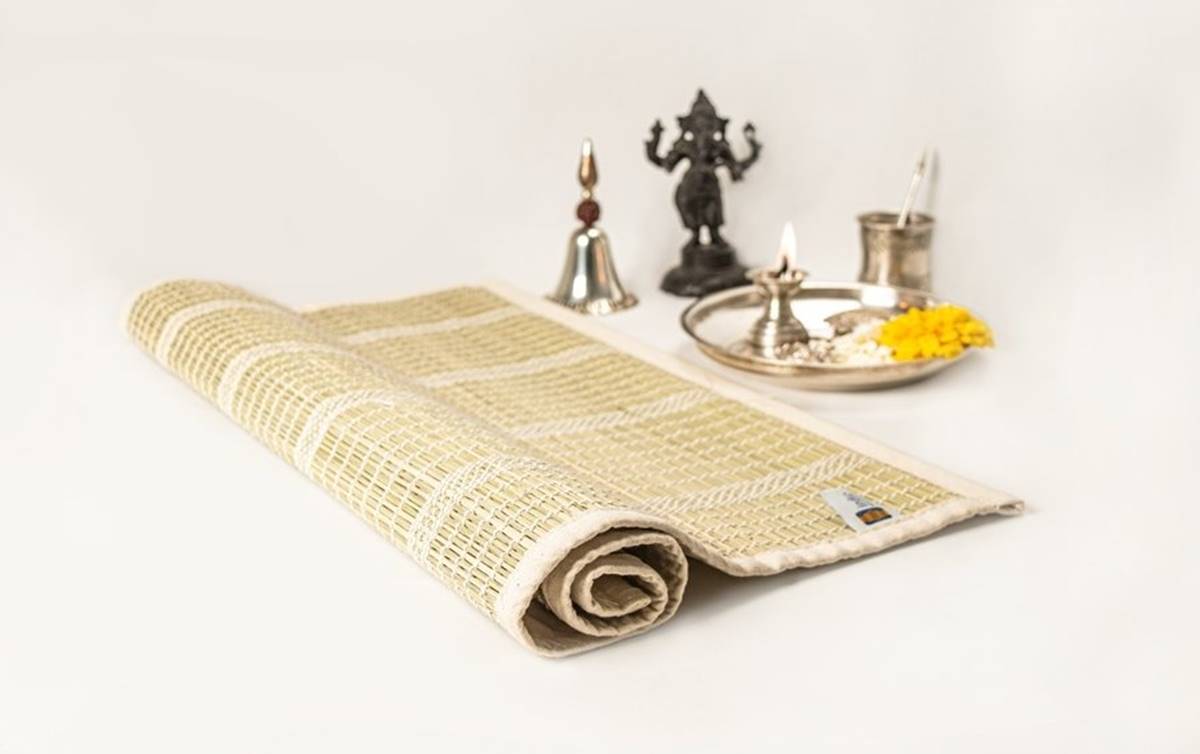
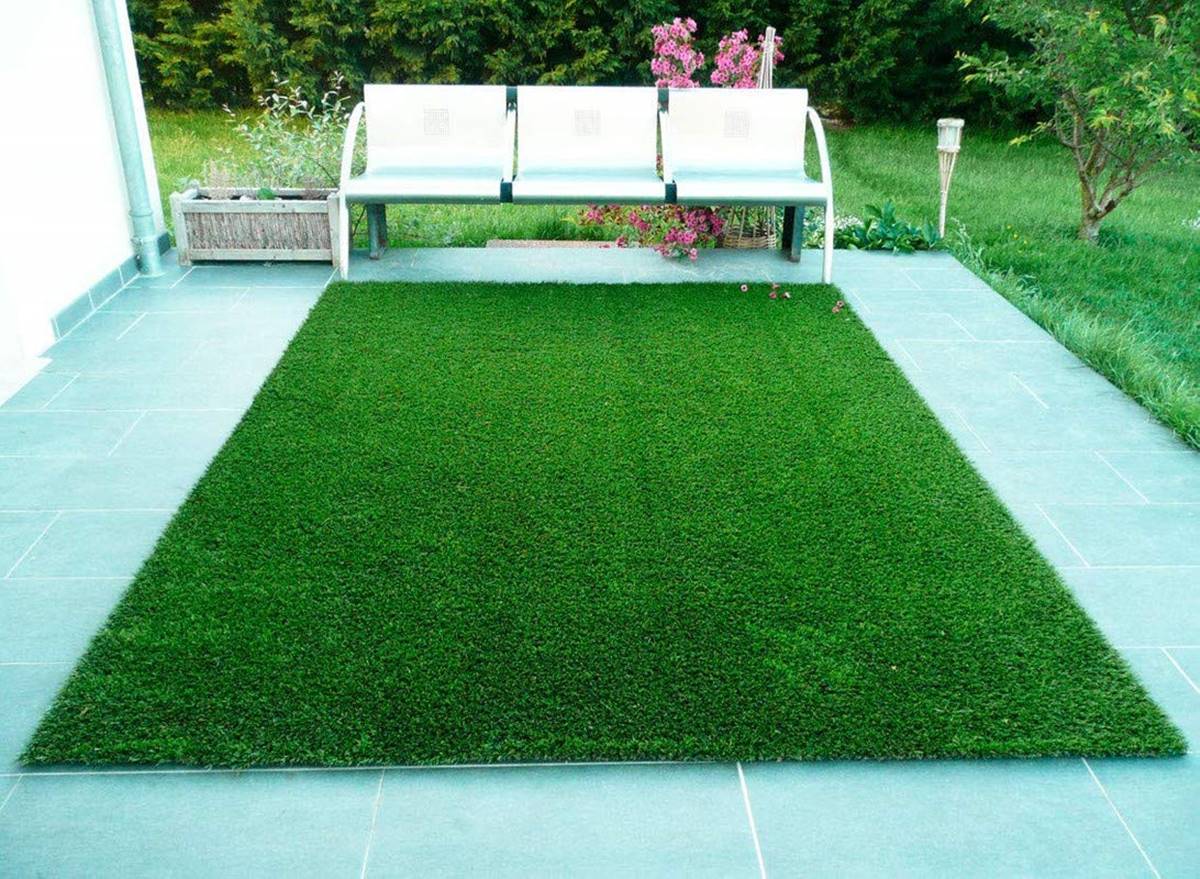
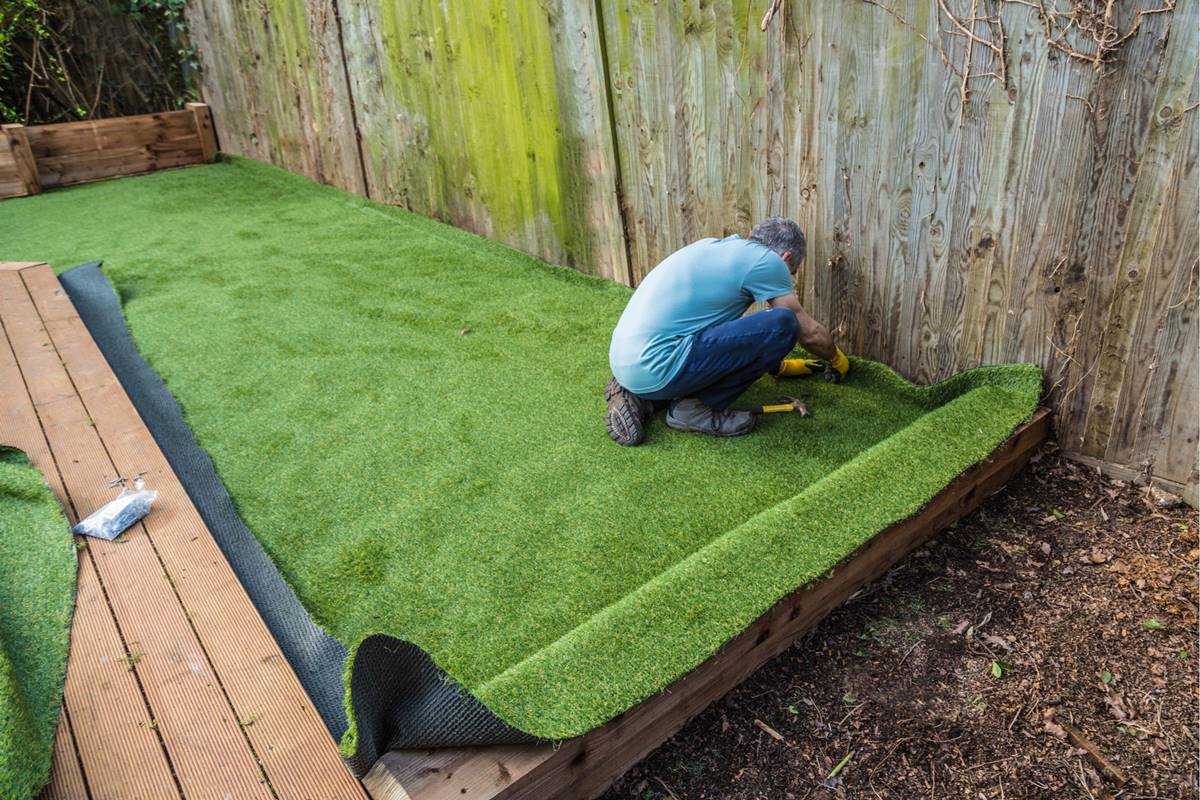

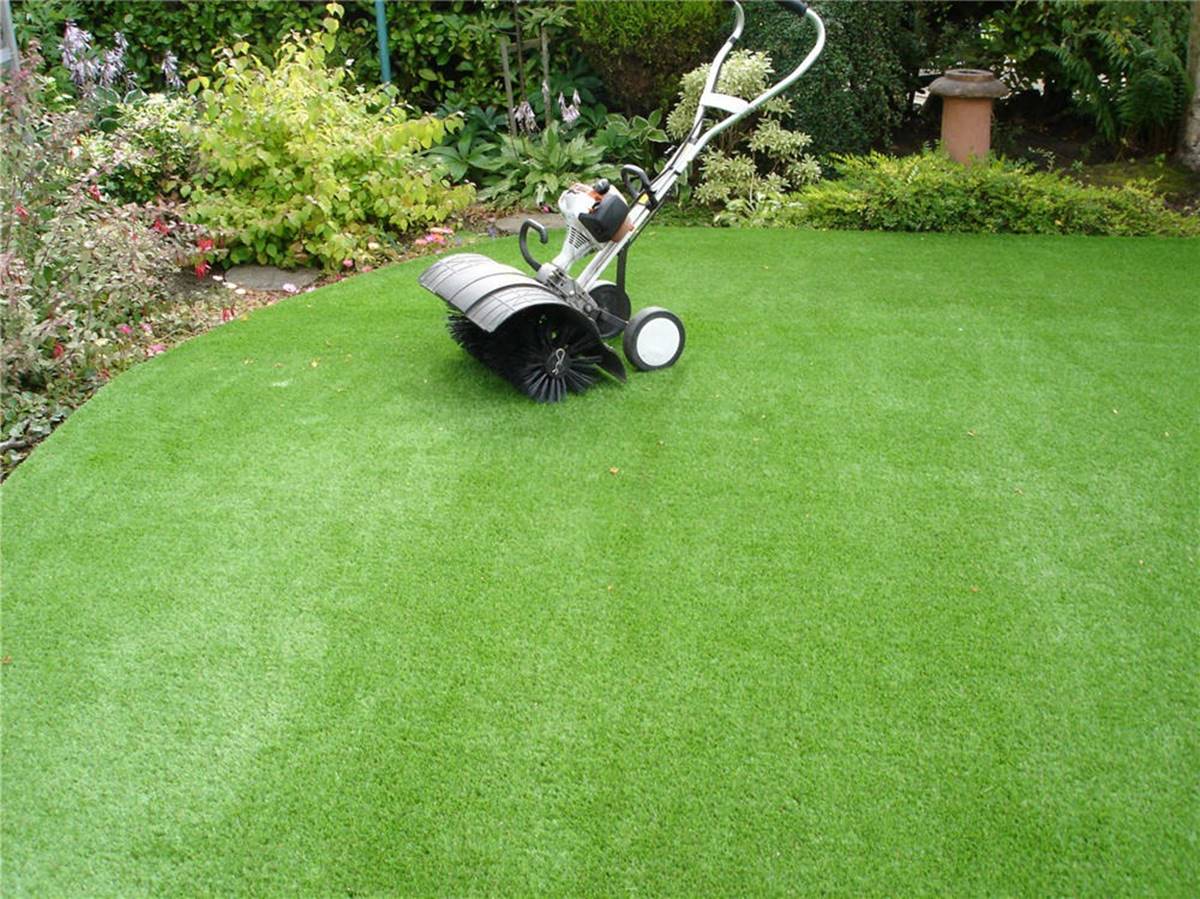
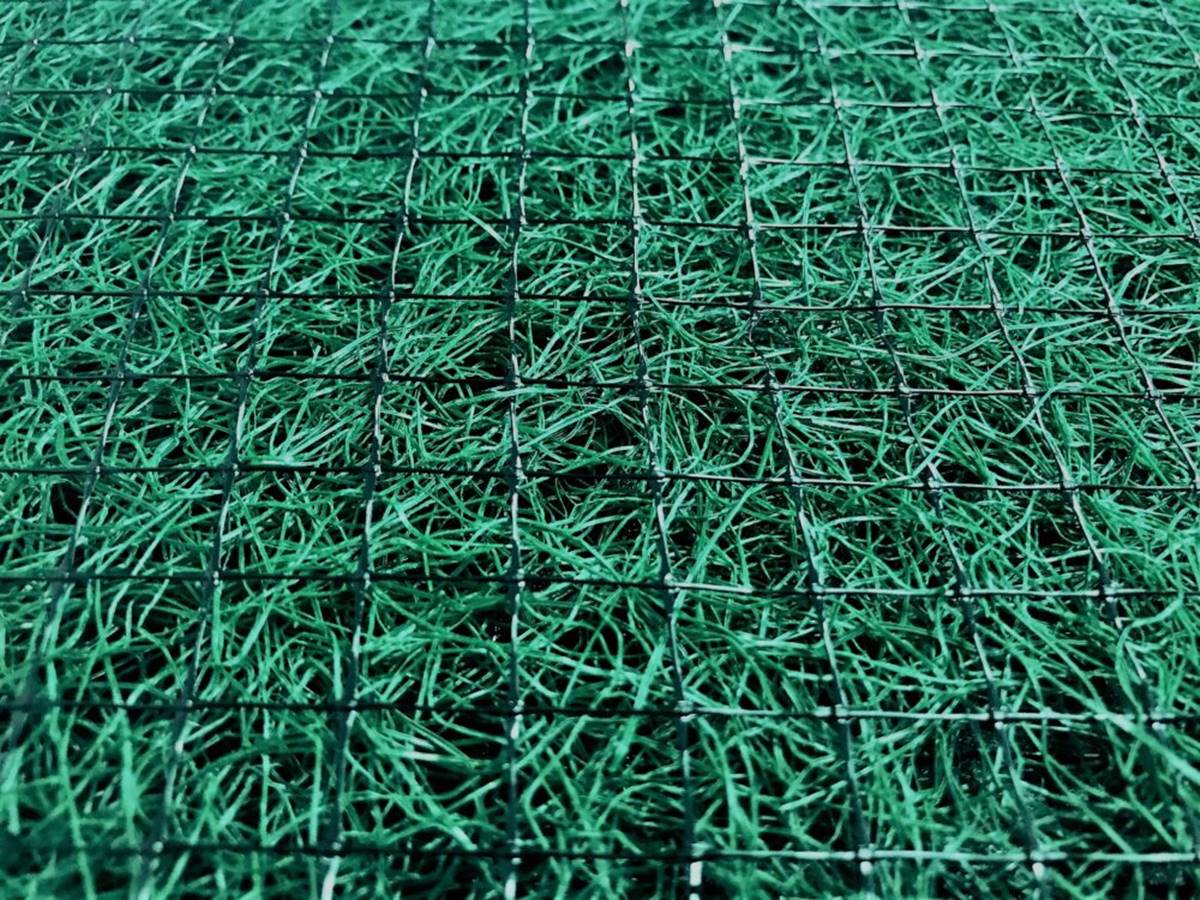
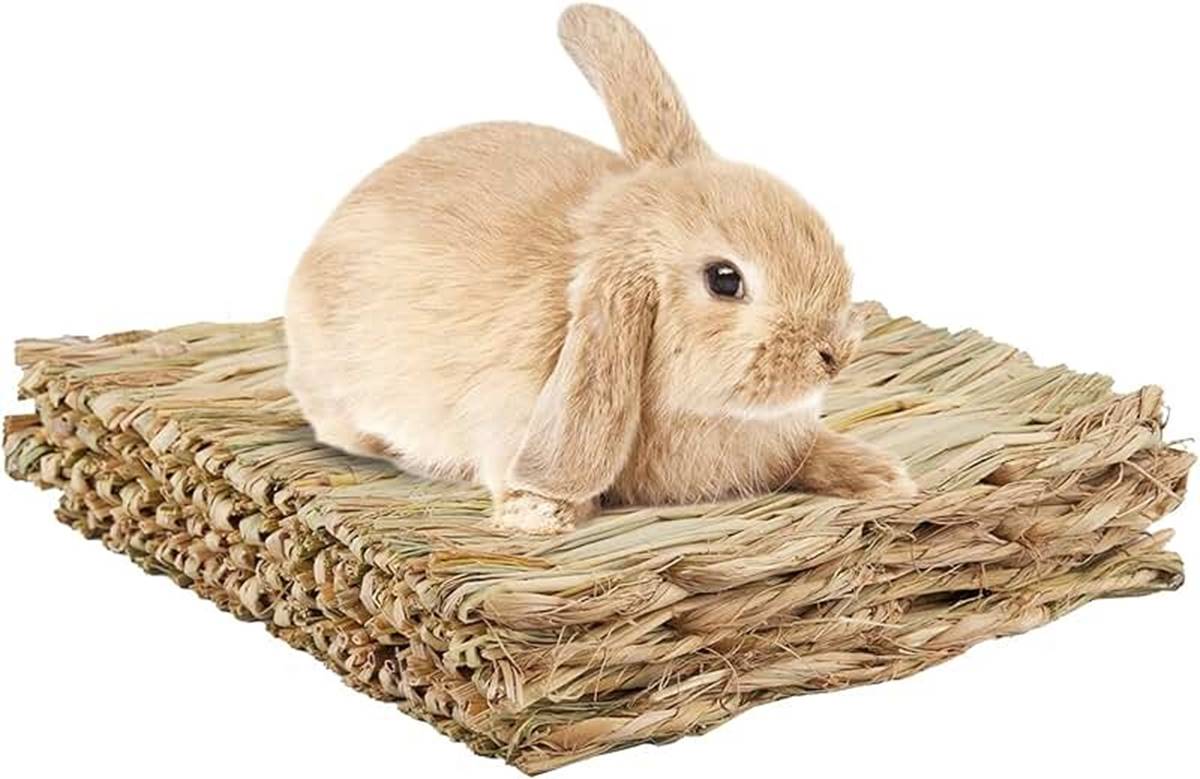
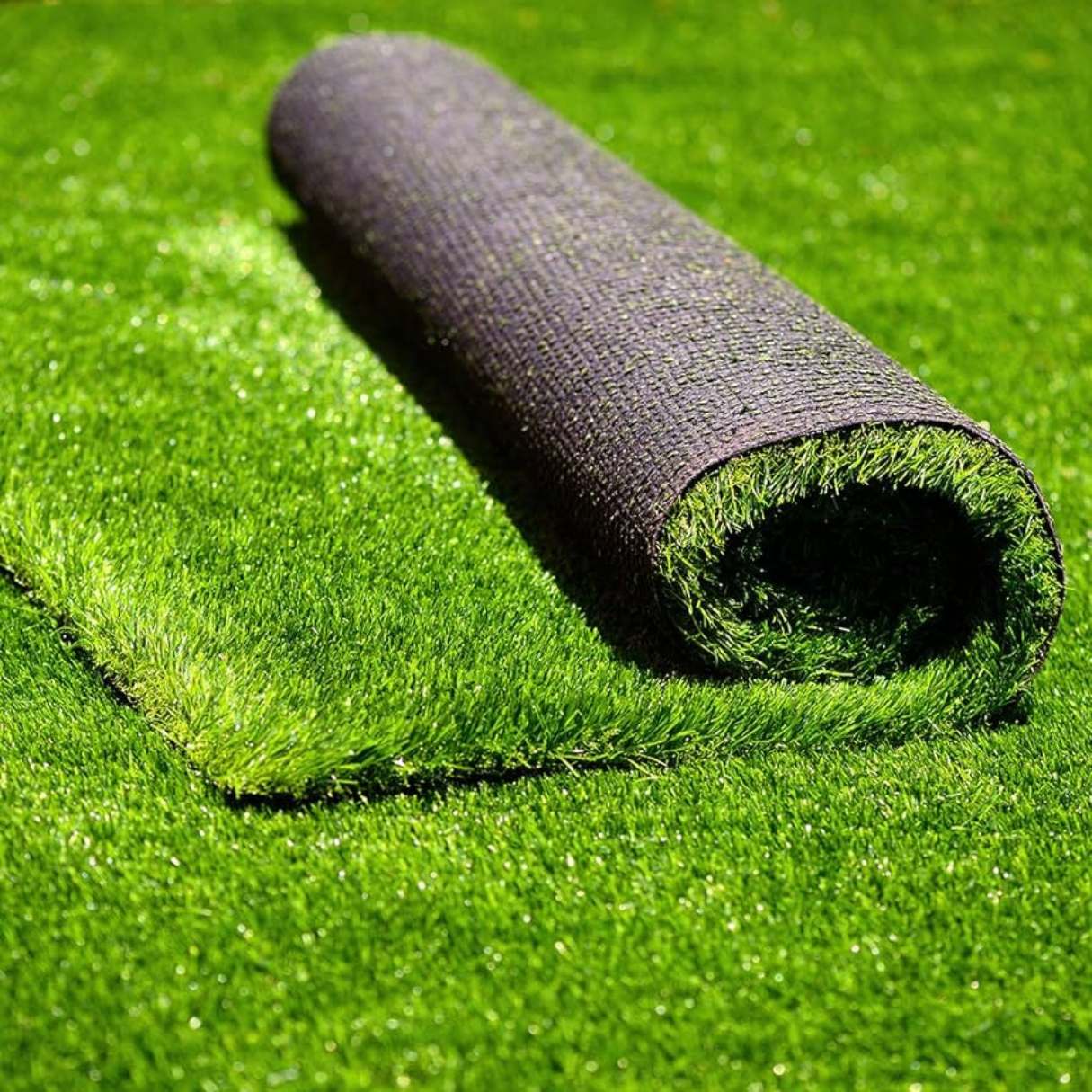
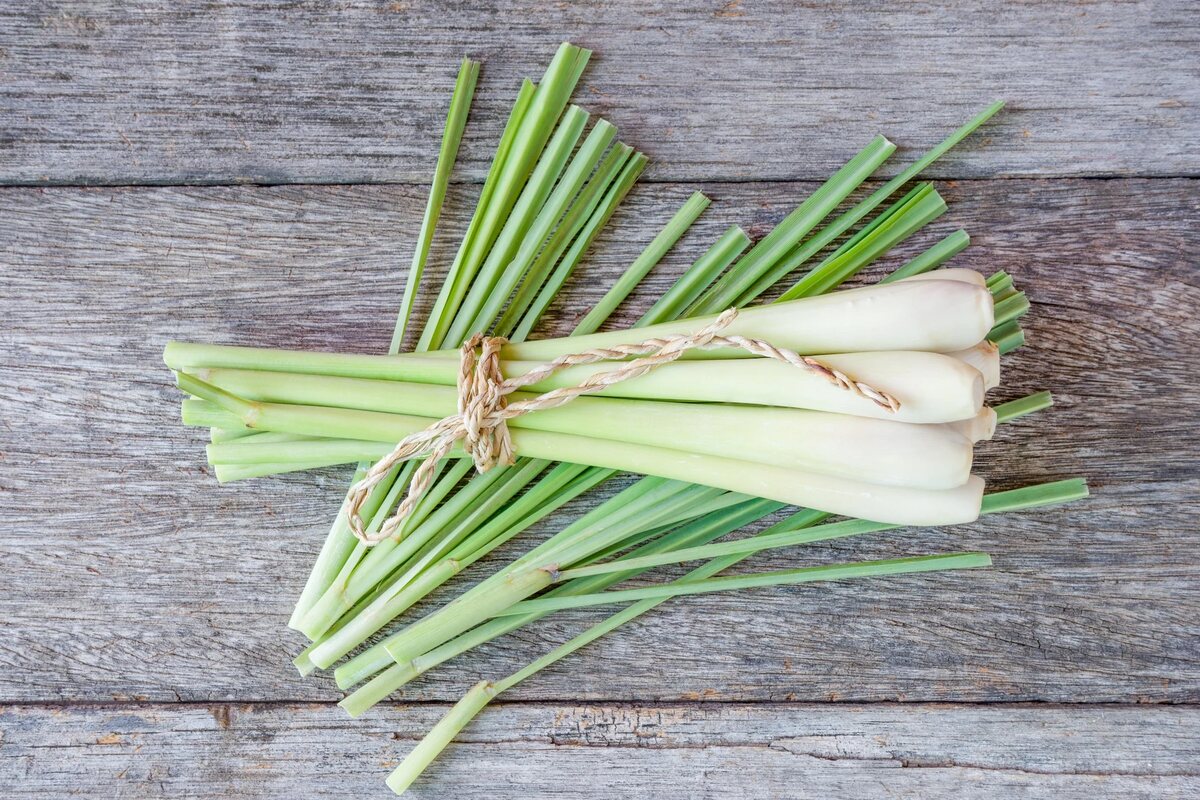
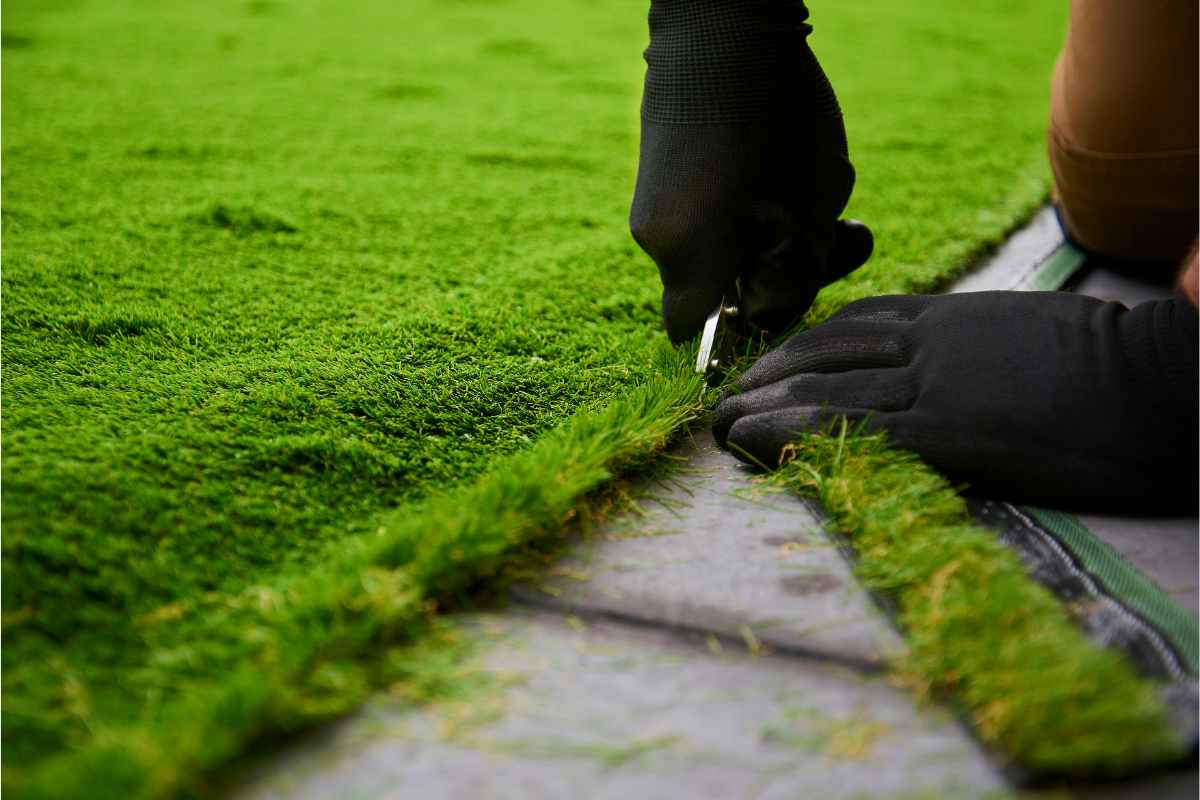


0 thoughts on “How To Use A Grass Mat”